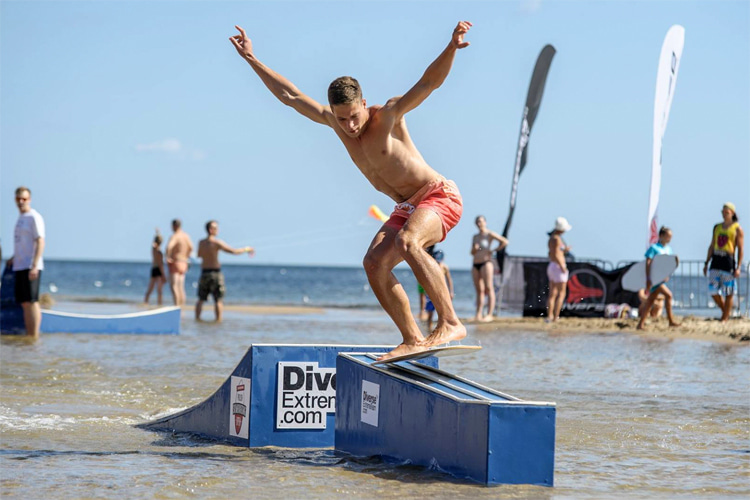Rails are a very important technical feature in flatland skimboarding.
However, when discussing a skimboarding rail, there are two meanings.
One refers to the edges of the skimboard that run from nose to tail, and the other is a type of ramp or obstacle that a skimmer uses to launch off or do tricks.
This article refers to the ramps. If you want more information on actual skimboards, check out the article on their anatomy and characteristics.
If you dream of becoming a professional skimmer or gaining any recognition in flatland skimboarding, doing tricks using a skimboarding rail and various objects is a must.
There are many different styles of skimboarding rails, most of which you can easily build yourself.
The easiest are the ones that you ride and don't have to ollie to get onto.
These are some of the most common styles:
The Up-Rail
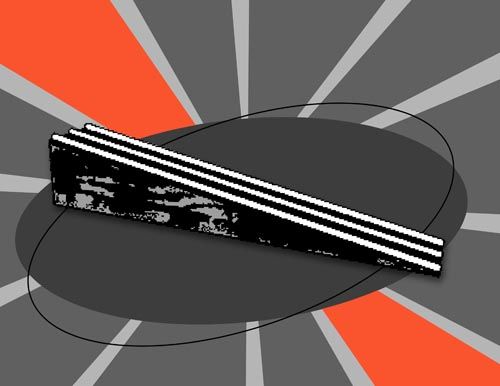
The up-rail is a long, slight slope up from the sand with a drop-off on the other end.
It's the most basic style, but it's great for doing all sorts of tricks, either while on it or at the drop-off.
The Curved Kicker
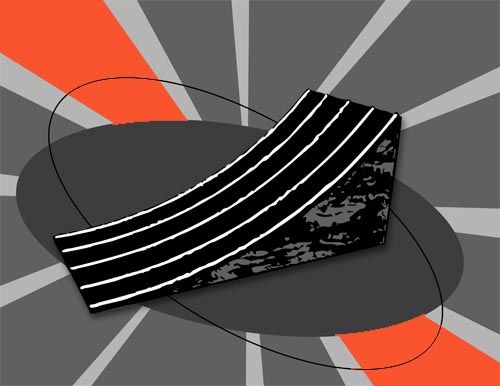
The curved kicker is similar to a skateboarding kicker. It is a short ramp with a sharp curve up that is awesome for launching off.
More advanced rails incorporate curves and ups and downs or are built higher, so they must be ollied onto.
The Box
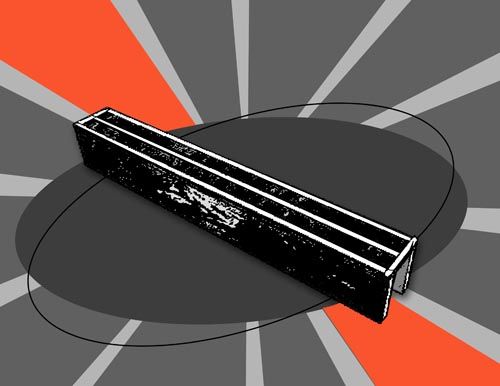
Like the up-pail, the box is also very basic - and easy to build - but instead of sloping up, it is just a long container essentially that has to be ollied onto.
It's a great option for focusing on tricks.
The Roller Coaster
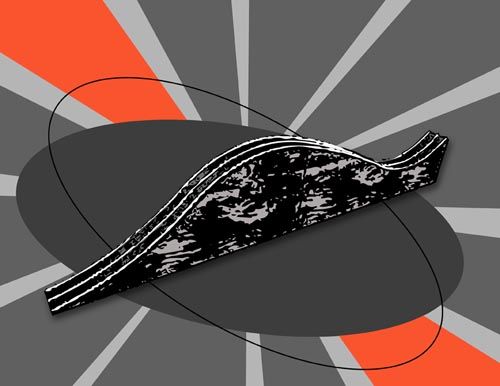
The roller coaster is a very advanced rail.
It is often built as a ride-on so that no speed is lost, as momentum is essential to make it to the end of it.
As the name implies, it is built with ups and downs and sometimes angled curves, usually with a drop-off or kicker at the end, and looks amazing when ridden well.
These are some of the most common styles of skimboarding rails for flatland skimming, but of course, you can build one any way you want - the only limit is your own imagination.
So, get out there and build some sweet rides, share them with the skim community, and let everyone know what works well and what doesn't.
You don't always need a rail, though.
DIY Obstacles
There are several obstacles that you can use to ollie, grind, slide, etc.
Propped-up PVC pipes work well, and so do logs, rocks, boats, pylons, etc. - pretty much anything will do the trick.
As with all sports, injuries from skimming are unavoidable.
Nevertheless, when using ramps and other obstacles, the potential for injury is even greater.
It is often not a case of "if" but rather "when" and to what degree.
Since obstacles add to the element of possible damage, there are a few tricks you can do to ensure that the rails you ride are as safe as they can be.
The first step is to ride a well-built, solid skimboarding rail, one that is built using screws, not nails.
It seems common sense, but since when is sense common?
They always take a beating, so the structure is important if you don't want it to come crashing under you while you're hitting it.
Make sure there are no sharp or unfinished edges anywhere.
Some ride-on ramps that dig in the sand are OK to have longer pieces of PVC piping at the start so they can be dug deep into the sand.
They can also help with stability, but the best way is to finish all open ends of the PVC piping by blocking them with another PVC piece that can go across at each end.
Words by Nicole Rigler | Skimboarder
